William Powell Frith: A Victorian Chronicler
Posted on 12th January 2021
Arguably the most popular artist of the Victorian era William Powell Frith was born in the village of Aldfield in Yorkshire on 19 January 1819, the son of a Harrogate hotelier who encouraged his son to be a painter from an early age and who was thereafter to do little else.
He was earning money from his art while still training at the Royal Academy in London with one of his early subjects the author Charles Dickens. He also illustrated scenes from popular novels for newspapers and magazines.
As a painter he was a traditionalist who believed art should reflect life as it was and not as it is imagined, and he was scornful of those who thought otherwise frequently mocking and railing against the pretensions of the pre-Raphaelites and absurdities of the Aesthetes.
In the late 1830’s, along with his good friend Augustus Egg and Richard Dadd the Fairy Painter who would later be convicted of murdering his father and be confined to a Lunatic Asylum he co-founded ‘The Clique’, a group of artists dedicated to resisting what they perceived the corrupting of their trade.
Already a successful artist his greatest success came with a painting that upon being exhibited received mixed reviews, not so much for its aesthetic qualities but its choice of subject matter.

Life at the Seaside (1854) was his depiction of working people enjoying a day out with their families on the beach at Ramsgate Sands. This may appear uncontroversial to us today but at the time when the working class were either portrayed as toiling, destitute or queuing up for the Workhouse the image of them sober, behaving responsibly, and having fun in places that had previously been exclusive to the better off before the expansion of the railways were seen by many as positively vulgar and an incitement to others to do the same. It was nonetheless exhibited at the Royal Academy and the criticism soon ceased when it received the endorsement of Queen Victoria, who with a fondness both for Ramsgate and portraits of her people happy purchased it for the tidy sum of 1,000 guineas putting it on display at Osborne House on the Isle of Wight.
Frith followed up the success of Life at The Seaside four years later with a painting that caused a sensation and is now widely considered to be a masterpiece - it was his Derby Day.

The Epsom Derby attended by Royalty and the highest in the land was the highlight of the sporting calendar but Frith taking evident delight in his subject matter portrayed the other side of the event, the thousands of working people who massed on the hill far away from the grandstands to eat, drink, gamble, and roister the day away.
Accused of bringing a noble event into disrepute the outrage was even greater when upon closer inspection it was seen to depict thieves, con artists, and scenes of seduction but this only made it more of a sensation so much so that when it was exhibited at the Royal Academy it required a rail to separate it from its over-enthusiastic audience and a police guard, only the second time this had ever happened ( the other had been David Wilkies, ‘Chelsea Pensioners Reading the Waterloo Dispatch’, 35 years earlier).
Frith now began to see himself as Hogarth for the modern age, the Chronicler of Victorian life, and like Hogarth and his Rake’s Progress he now also produced a series of paintings portraying man’s fall from grace.
The juxtaposition of rich and poor in his paintings often highlighted the inequalities of the day much as the mocking tone he adopted towards many Victorian institutions sought to undermine the standards they professed to represent, not that he was himself a model of moral rectitude.
In fact, he was the living embodiment of Victorian hypocrisy for he shared his time between his wife Isabelle and their 12 children and his mistress Mary Alford and their seven children.
The fact that he maintained two seemingly respectable middle-class families less than a mile apart and kept it a secret for so long was in itself a remarkable achievement.
When the scandal finally broke it became the subject of gossip the length and breadth of the country but even in a society that rarely shirked from condemnation it did little to dent his popularity.
William Powell Frith having lived throughout the reign of Queen Victoria, and before and beyond it, died on 9 November 1909, aged 90.



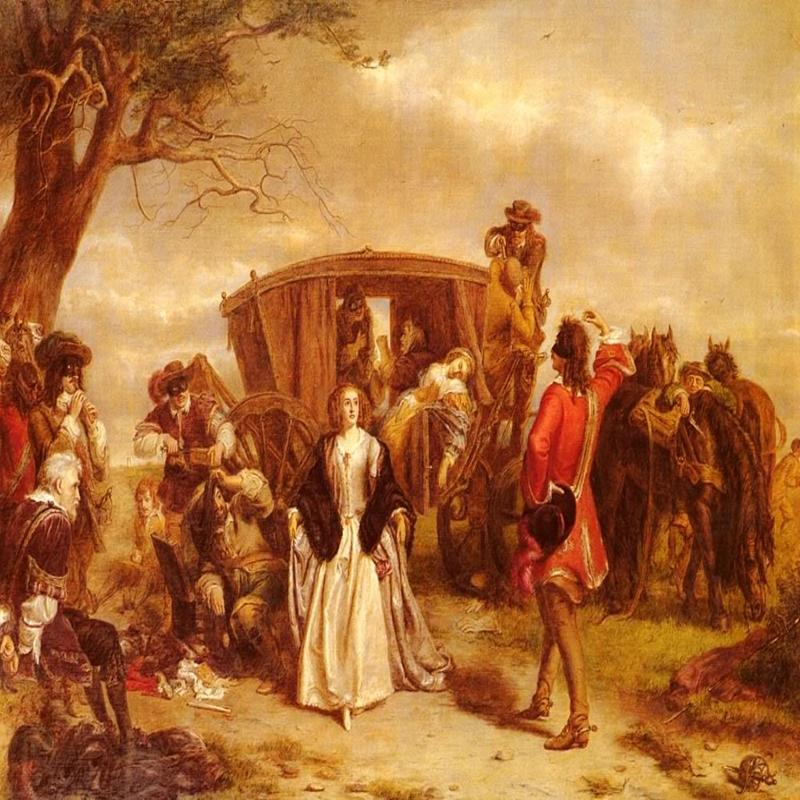
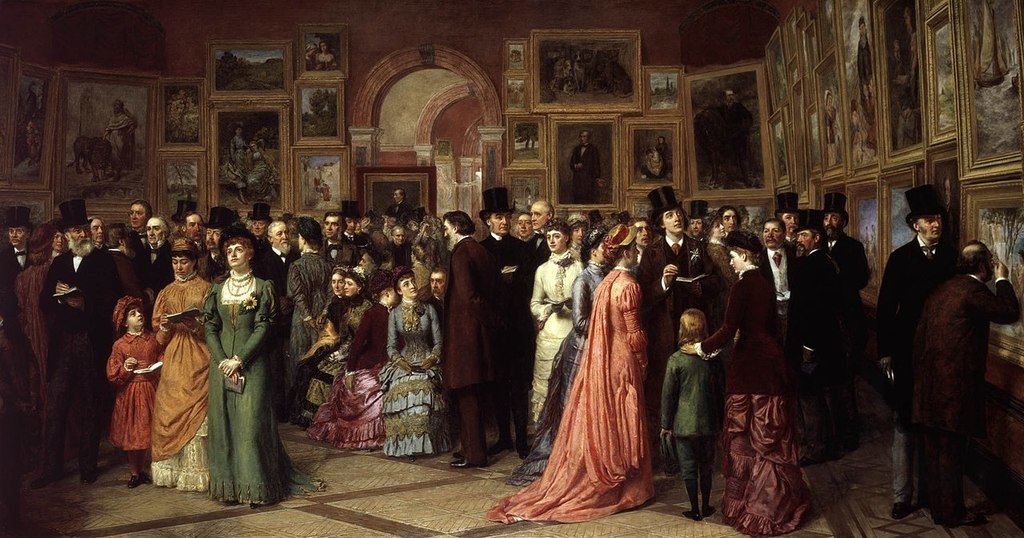
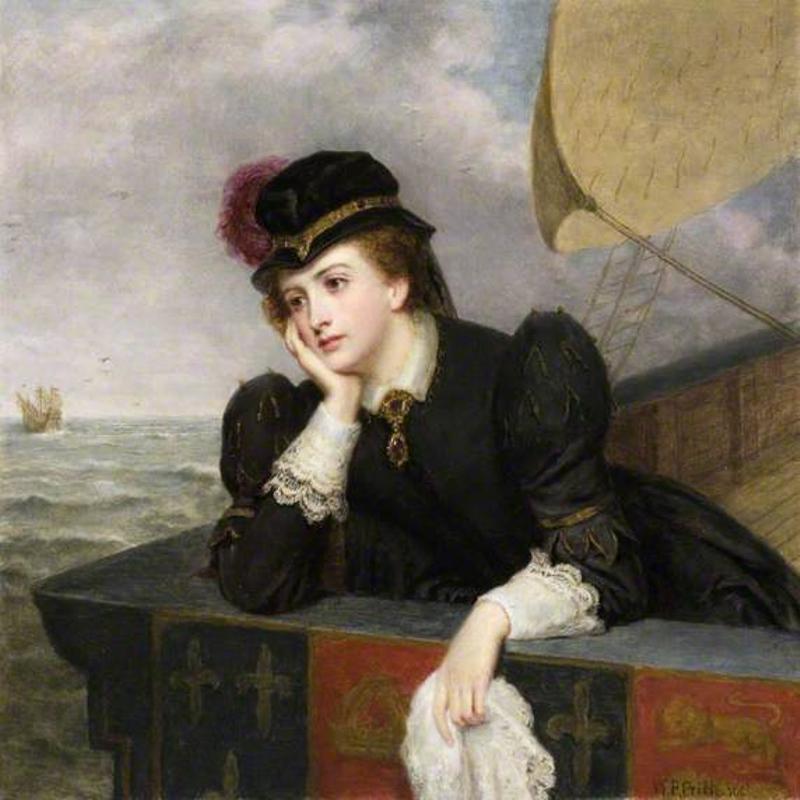
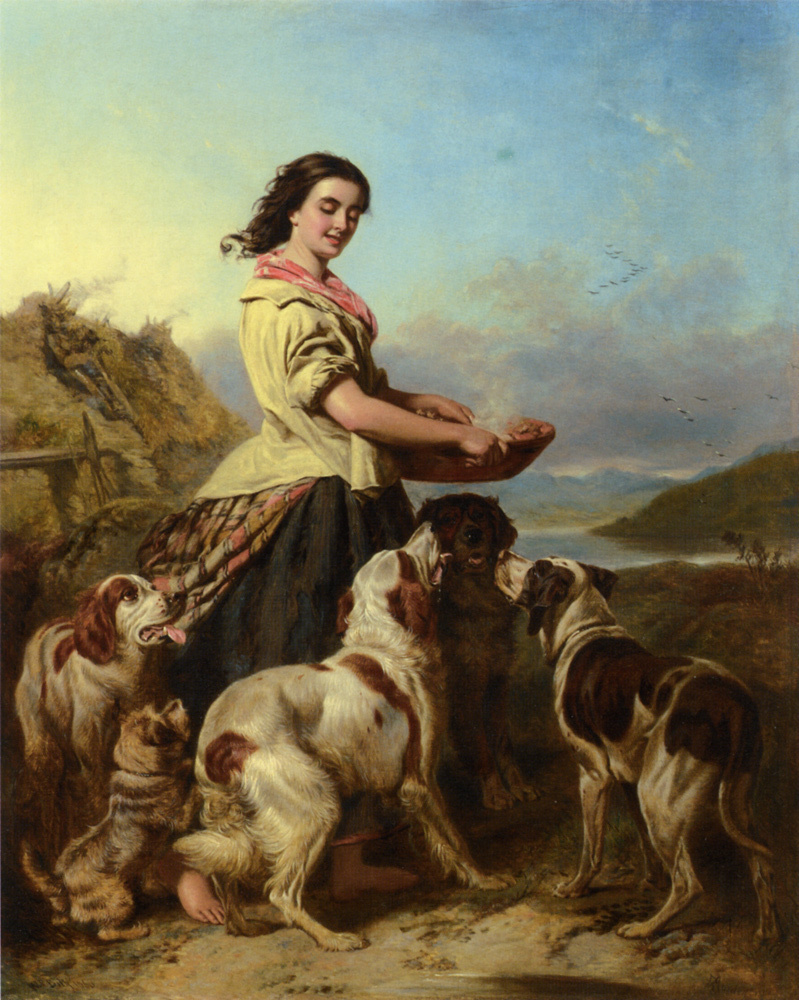
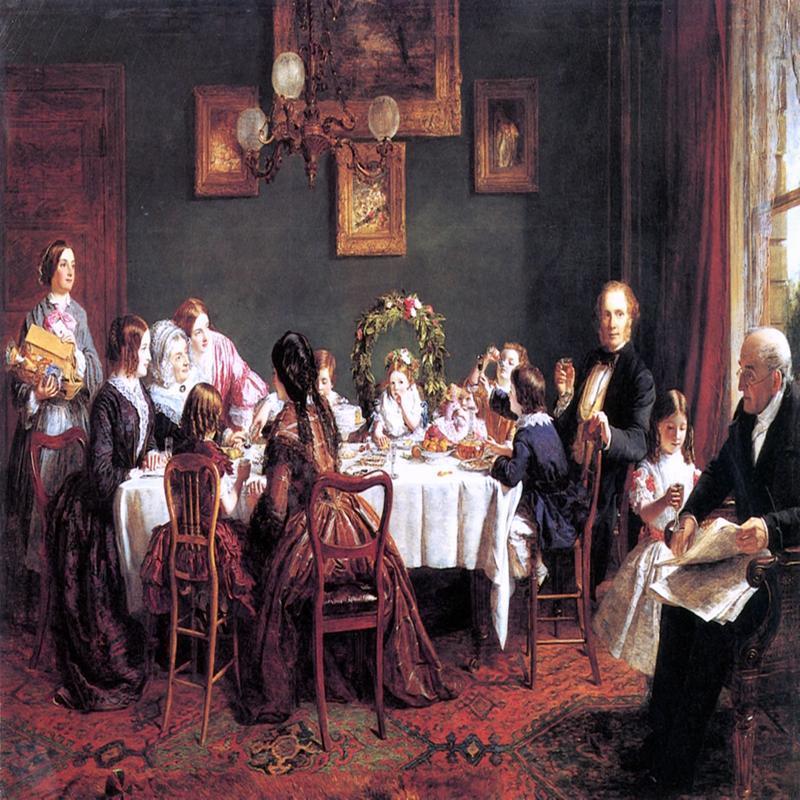
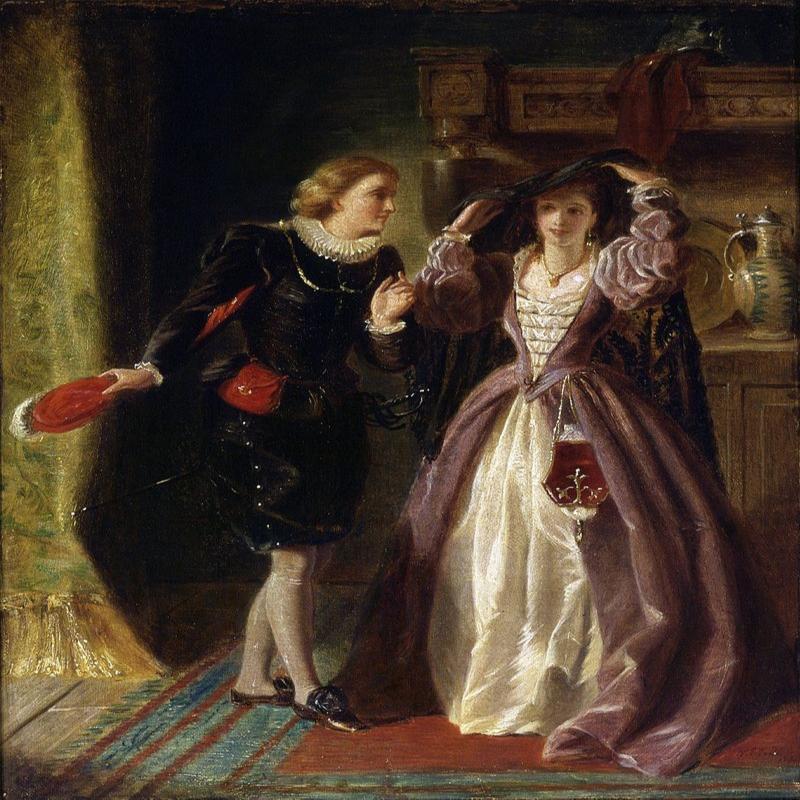
Olivia Unveiling
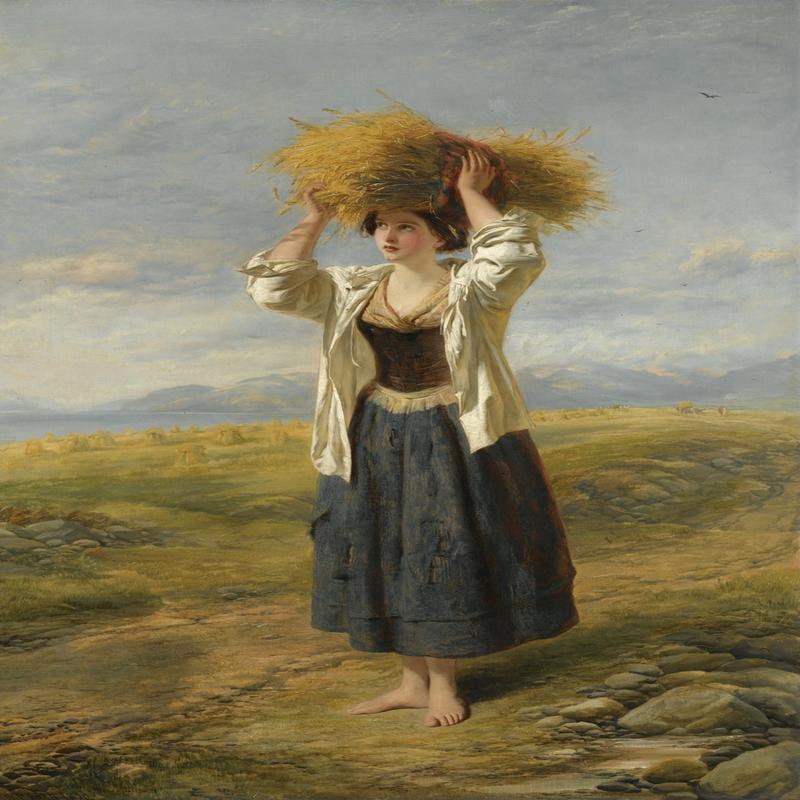
The Little Gleaner (1850)

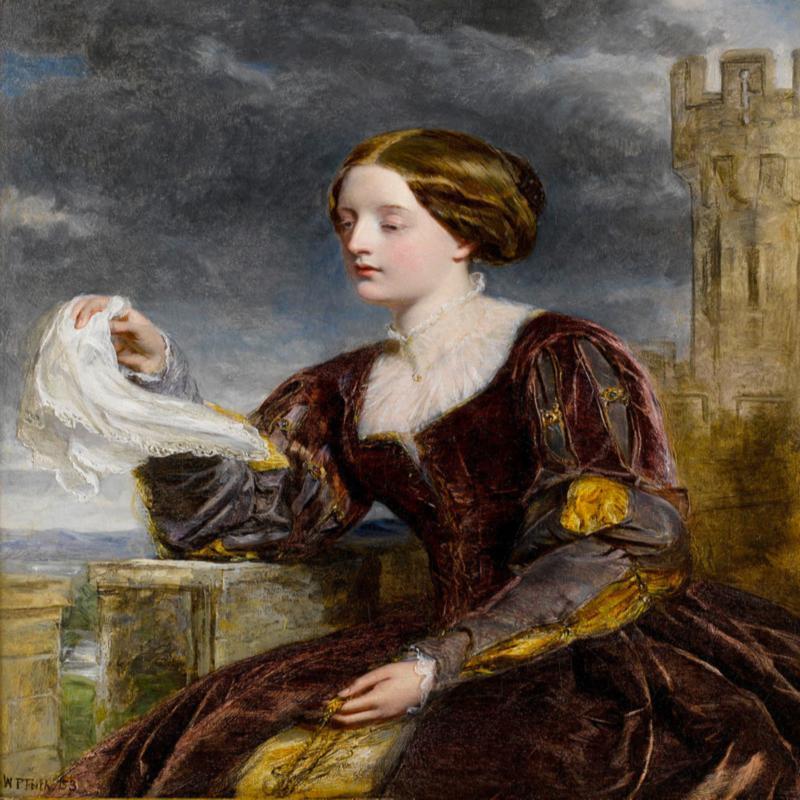
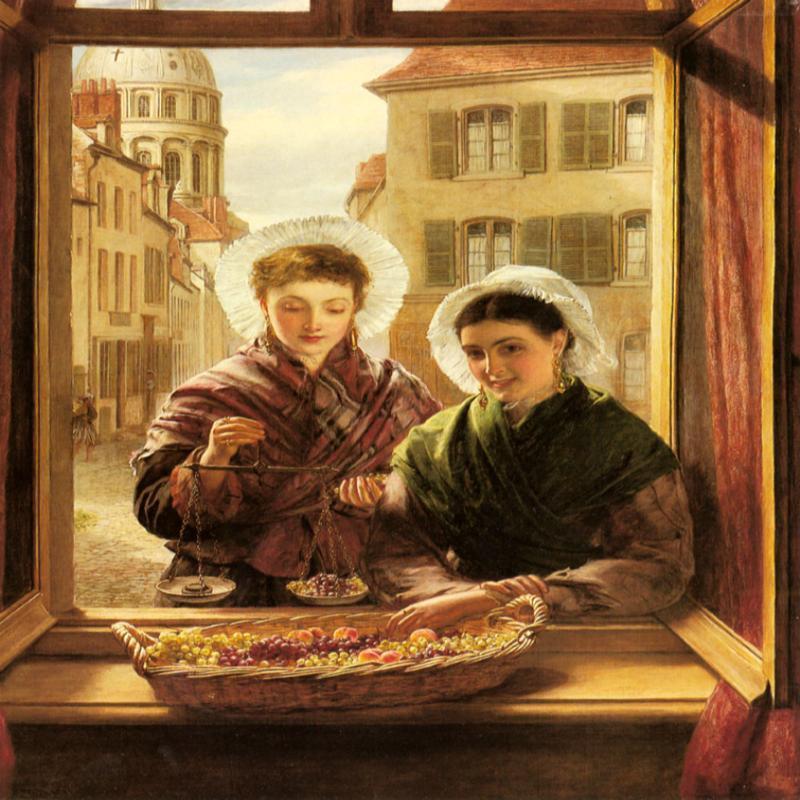

The Family Lawyer
Share this post:





